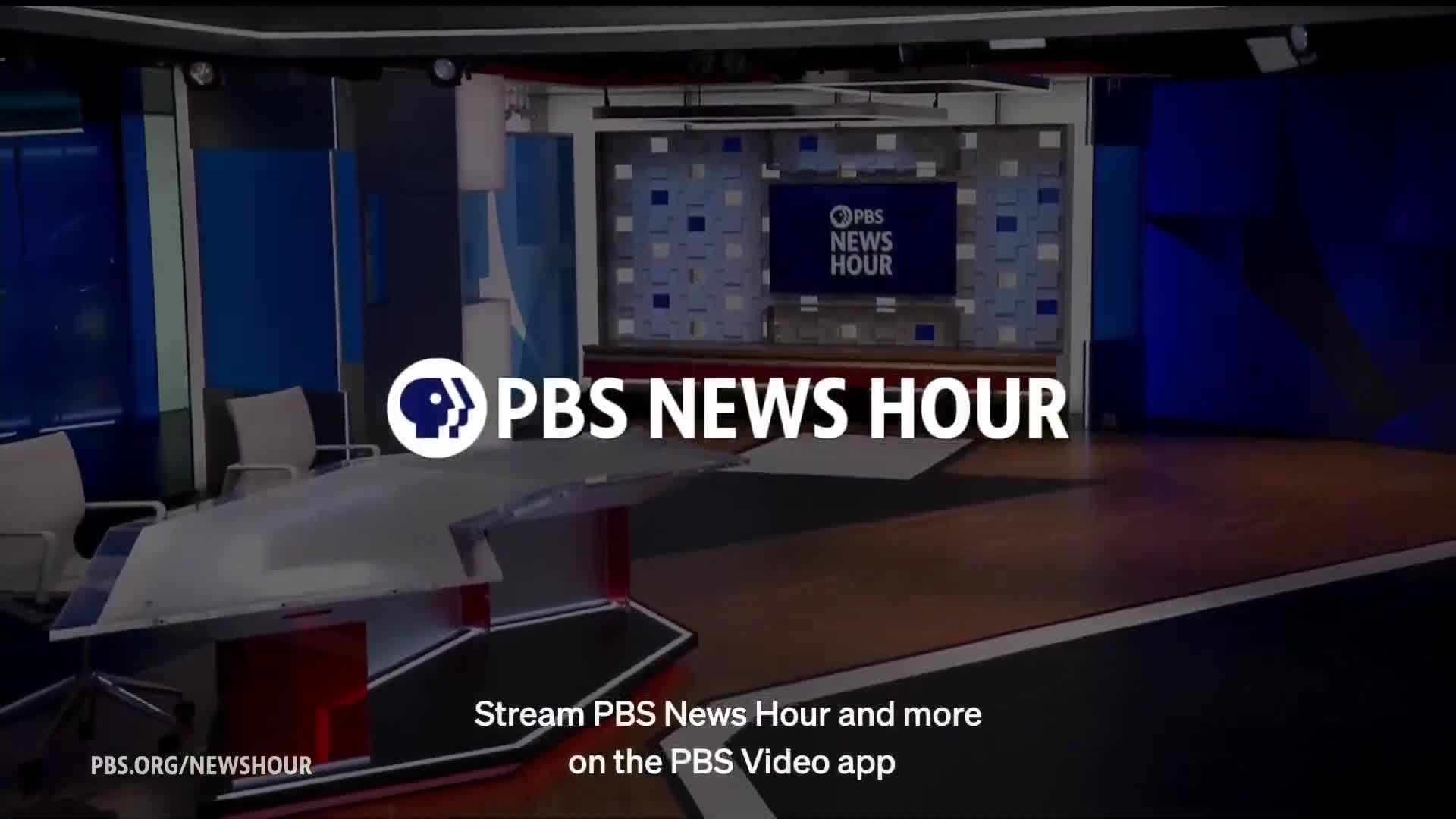Fed signals imminent interest rate cuts amid job market concerns
This article was created by AI summarizing key points discussed. AI makes mistakes, so for full details and context, please refer to the video of the full meeting. Please report any errors so we can fix them. Report an error »

In a pivotal address at the annual conference in Jackson Hole, Wyoming, Federal Reserve Chairman Jerome Powell signaled a shift in monetary policy, indicating that the time has come to cut interest rates from the current 5.3% level. This announcement has sparked discussions among economists and central bankers regarding the extent and timing of potential rate cuts, with many anticipating a decision as early as September.
Powell emphasized that inflation is now at manageable levels, but he expressed concern over a weakening job market, stating, \"We do not seek or welcome further cooling in labor market conditions.\" The Fed's approach will depend on incoming economic data, particularly regarding employment trends, as they navigate the balance between stimulating growth and maintaining economic stability.
Analysts noted that while Powell's acknowledgment of the need for rate cuts was expected, the specifics of how much to cut remain uncertain. The Fed could opt for a more aggressive half-point reduction if labor market data continues to deteriorate, or they may choose a more cautious quarter-point cut, signaling a gradual approach.
Recent revisions by the Labor Department revealed a downward adjustment of approximately 818,000 jobs created between March 2023 and March 2024, raising questions about the robustness of the job market. Powell and other officials have indicated that they are closely monitoring these developments, as they do not want to jeopardize the economic progress achieved thus far.
Critics of the Fed have pointed to past missteps, arguing that the central bank was slow to respond to early inflation signals. Powell acknowledged this criticism, suggesting that the Fed is now approaching its decisions with greater humility and awareness of the complexities of the current economic landscape.
As the Fed prepares for its next meetings in September, November, and December, the implications of these potential rate cuts will be closely watched, particularly as they coincide with the upcoming presidential election, raising questions about the intersection of monetary policy and political pressures.
Powell emphasized that inflation is now at manageable levels, but he expressed concern over a weakening job market, stating, \"We do not seek or welcome further cooling in labor market conditions.\" The Fed's approach will depend on incoming economic data, particularly regarding employment trends, as they navigate the balance between stimulating growth and maintaining economic stability.
Analysts noted that while Powell's acknowledgment of the need for rate cuts was expected, the specifics of how much to cut remain uncertain. The Fed could opt for a more aggressive half-point reduction if labor market data continues to deteriorate, or they may choose a more cautious quarter-point cut, signaling a gradual approach.
Recent revisions by the Labor Department revealed a downward adjustment of approximately 818,000 jobs created between March 2023 and March 2024, raising questions about the robustness of the job market. Powell and other officials have indicated that they are closely monitoring these developments, as they do not want to jeopardize the economic progress achieved thus far.
Critics of the Fed have pointed to past missteps, arguing that the central bank was slow to respond to early inflation signals. Powell acknowledged this criticism, suggesting that the Fed is now approaching its decisions with greater humility and awareness of the complexities of the current economic landscape.
As the Fed prepares for its next meetings in September, November, and December, the implications of these potential rate cuts will be closely watched, particularly as they coincide with the upcoming presidential election, raising questions about the intersection of monetary policy and political pressures.
View full meeting
This article is based on a recent meeting—watch the full video and explore the complete transcript for deeper insights into the discussion.
View full meeting